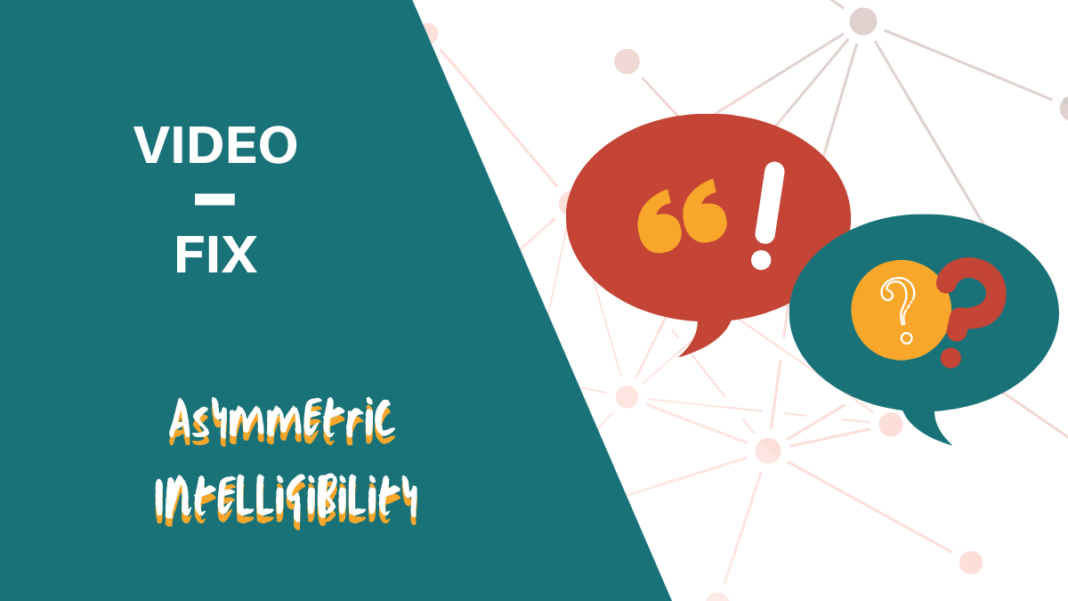Or, why some speakers can’t understand speakers who understand them
Consider this:
You meet a person who doesn’t speak your language and you don’t speak theirs. However, your two languages are somewhat similar – maybe they are from the same language family or maybe one language borrows a lot of loanwords from the other. The other person talks to you in their language and you find that you can understand some or even most of what they are saying. Thinking that you two can communicate, you start talking to them in your own language… only to find that the other person has difficulties understanding you!
If you meet someone and you understand what they are saying in their language, but they don’t understand what you are saying in your language – or vice-versa – then we speak of asymmetric intelligibility.
In this week’s Video-fix, Josh from the NativLang Youtube channel explains asymmetric intelligibility as well as its counterpart, mutual intelligibility. Using the example of the Scandinavian languages (Danish, Swedish, Norwegian) he delves deeper into the different factors influencing intelligibility between speakers of different languages.
 Written by Janna Mack. From Luxembourg, she has degrees in Linguistics, Education, and Translation from Glasgow University.
Written by Janna Mack. From Luxembourg, she has degrees in Linguistics, Education, and Translation from Glasgow University.

